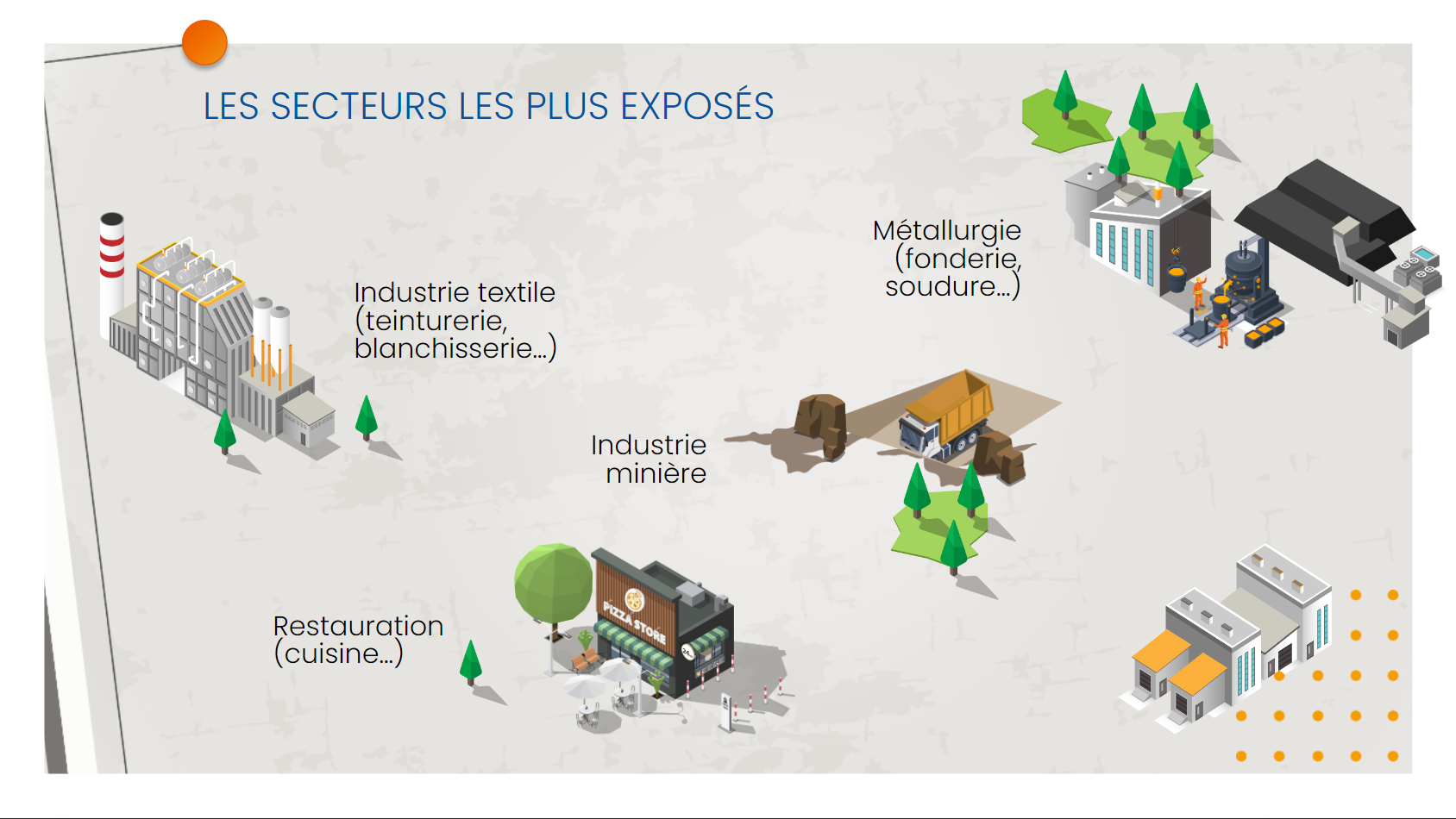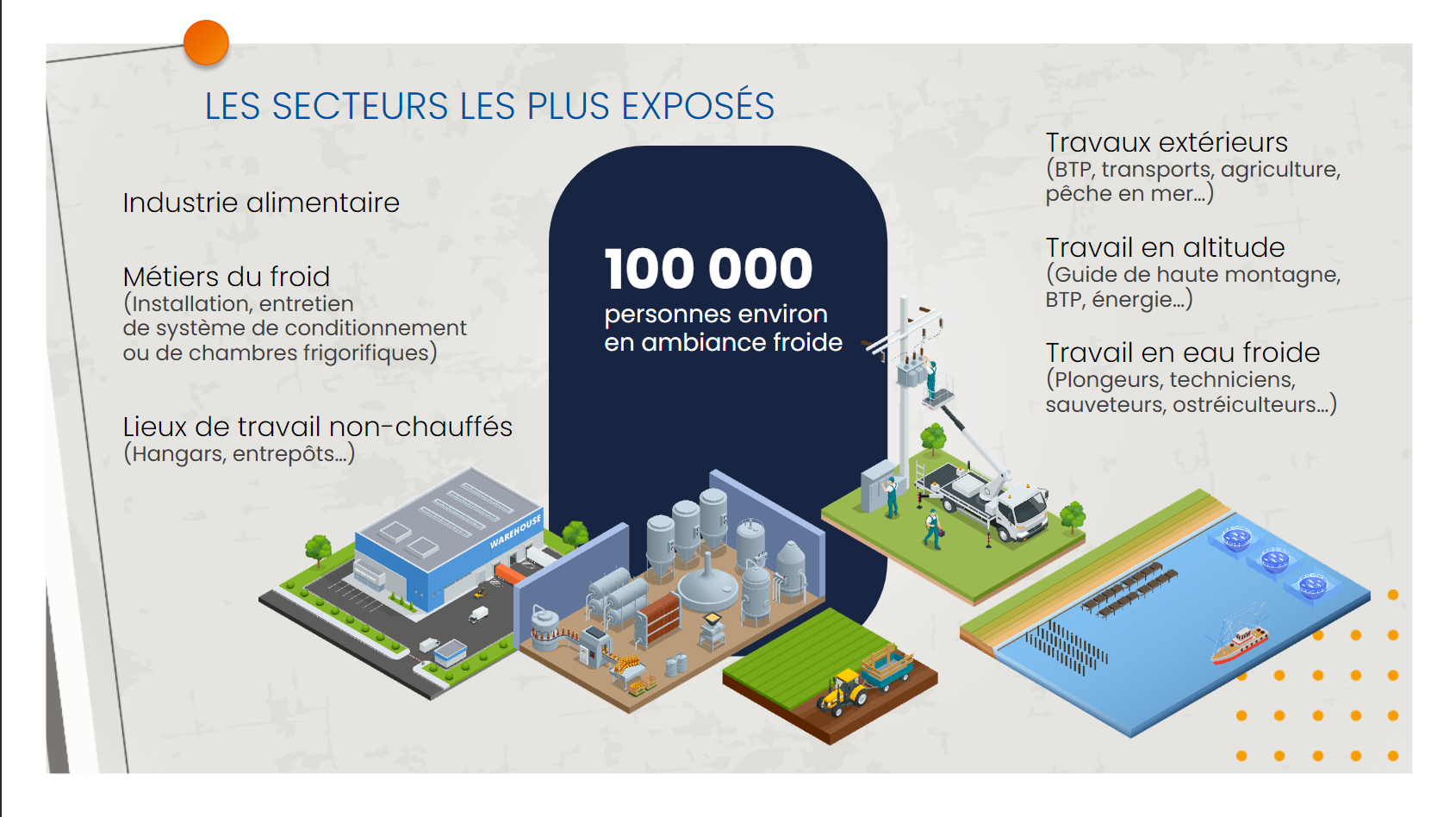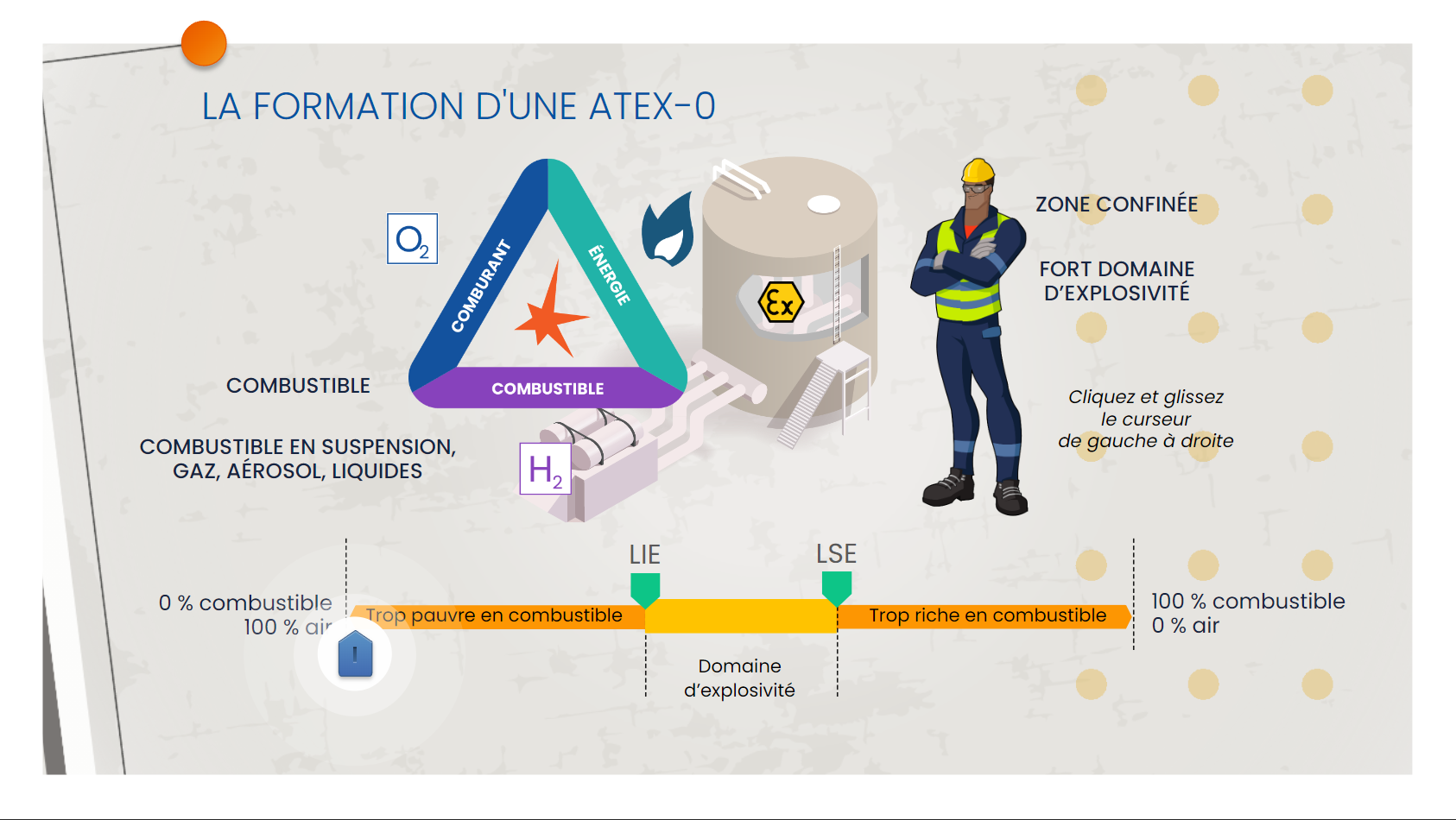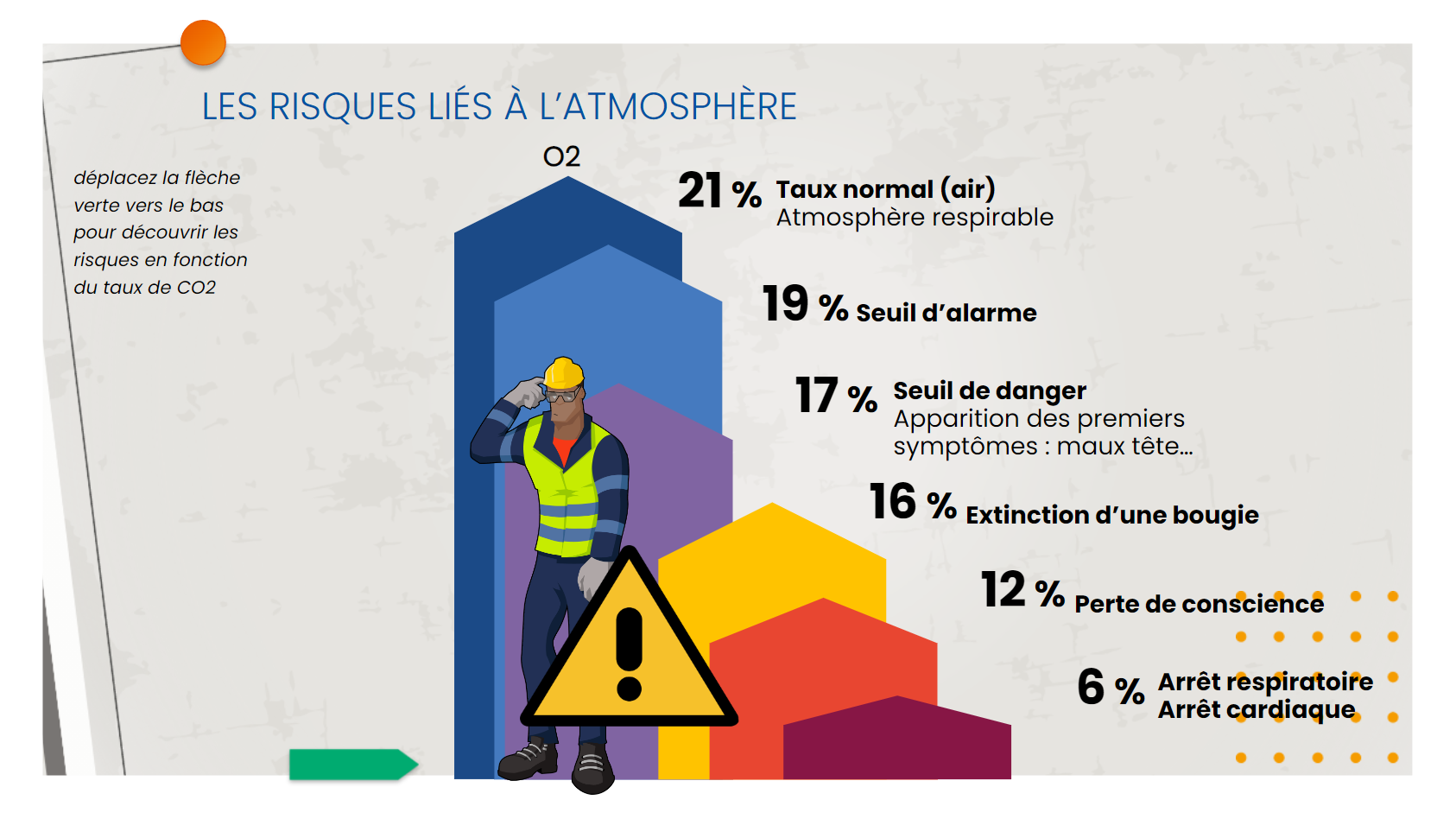A large number of occupations require workers to operate in environments where temperatures are high: this includes dye works, laundries, kitchens, mines, blast furnaces, foundries, as well as welding shops. Furthermore, some people work outdoors and may be exposed to heat, especially during heat waves in summer. These thermal conditions can have serious consequences on health and increase the risk of workplace accidents.
Continue readingElearning module “Risks linked to cold”
Employees often encounter cold, whether natural or artificial, in various work settings such as cold storage, walk-in coolers, or outdoor work during the winter. This direct exposure to cold poses risks to the health of workers and also increases the risk of accidents. When the ambient temperature drops below 5°C, increased vigilance is necessary. The most effective preventative measure is to avoid or limit the time of exposure to cold. This module presents environments marked by very low temperatures as well as the consequences that this can have on health.
Continue readingElearning module “ATEX risk”
To avoid explosions linked to an explosive atmosphere (ATEX) and the resulting dangers, the main strategy is to prevent the formation of ATEX. If this is not possible, it is essential to eliminate ignition sources and implement preventative and protective measures to reduce the potential effects of an explosion. This module explains the main events linked to ATEX risk.
Continue readingElearning module “Working in confined spaces”
Confined spaces are omnipresent in various industries, affecting thousands of workers. They expose people to real risks such as oxygen depletion, toxicity or explosiveness of the atmosphere, in addition to serious dangers such as falls or drowning. These risks are often the cause of serious or even fatal accidents. Personnel preparation and training are essential to anticipate these dangers. A prior risk analysis, carried out by experts, is essential to determine the prevention and protection measures to adopt, in order to reduce the risk of accidents or limit their consequences. This module presents working in confined spaces, as well as the special precautions to take taking into account the difficulties of accessing emergency services in the event of an incident.
Continue readingElearning module “Working in an isolated space”
Working alone increases constraints and makes it more difficult to provide relief in the event of an incident or accident. It is crucial to identify lone working situations and assess the risks faced by the employees concerned. Prevention requires actions on the organization of work, as well as on the information and training of workers. Measures must also be taken to improve both the responsiveness and organization of relief efforts.
Continue reading




